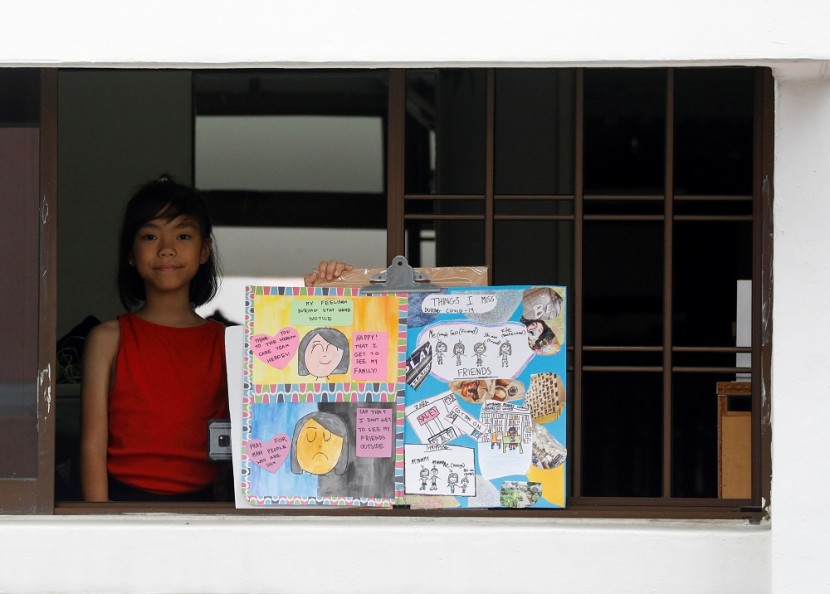
COVID-19 infections in Singapore started soaring on March 18, tallying from 313 then to beyond 9,000 as of Tuesday with two days of record jumps.
Singapore's initial response was praised by epidemiologists as the gold standard. Now, the small city-state populated with 5.6 million reported the most novel coronavirus cases in Southeast Asia.
Officials registered a new daily record on Monday -- more than 1,400 new confirmed cases.
The Asian country recorded only a few infections and ordered merely a partial lockdown for weeks, involving prohibiting international arrivals and suppressing public mass gatherings. Schools and restaurants still operated.
With the arrival of April, a plot twist occurred when new clusters of confirmed cases were detected in cramped migrant dormitories on the outskirts of Singapore.
Now, the city-state is racing to regain control.
One reason behind the turnaround can likely be detected back to six days in February when the first sign of a possible explosion in cases among migrant laborers surfaced.
The rise of the country's cases showed that there are limitations to what national responses to a global crisis can pull off.
As the focal point shifted from imported cases to local coronavirus cases, policies followed in accordance.
More than 12 weeks have passed since Singapore recorded its first coronavirus case on Jan 23 -- a 66-year-old Chinese citizen who arrived in Singapore three days earlier.
Early in January, the Ministry of Health (MOH) in Singapore said it is aware of the confirmed cases in the Chinese city of Wuhan and will screen all inbound travelers coming from Wuhan from January 3 in the evening.
Thousands of new confirmed cases which are almost 70 percent of the city-state's total are concentrated in dormitories of migrant workers, who have been under quarantine in their quarters as authorities come up with a solution.
Shekor, who only provided his first name in case of retribution from his employer, said there are no painkillers available for him to be able to sleep. "Everything is so difficult for everybody here. It seems like they only take the most serious ones to hospital; the normal ones like me, no one takes care of us."
The surge started last week and is believed to be due to local officials trivializing the vulnerability of migrant workers in the city.
The cramped dormitories housed up to 20 people in a room.
Singapore which witnessed 33 deaths during the 2003 SARS epidemic seemed proactive.
On February 1, the country prohibited anyone who came from mainland China from entering. Then two weeks later, the border was closed to all foreigners.
It was globally praised for its calm, measured response to the coronavirus.
Simultaneously, a 39-year-old Bangladeshi national, one of one million foreign laborers in Singapore, showed symptoms of the coronavirus.
Schools and non-essential services have operated online as of April 7. More rigid social distancing measures restricted social interactions. On April 21, Prime Minister Lee Hsien Loong extended the said measures until June 1.
Related Article : COVID-19 Patients Recover Quickly After Getting Remdesivir
© 2025 HNGN, All rights reserved. Do not reproduce without permission.








